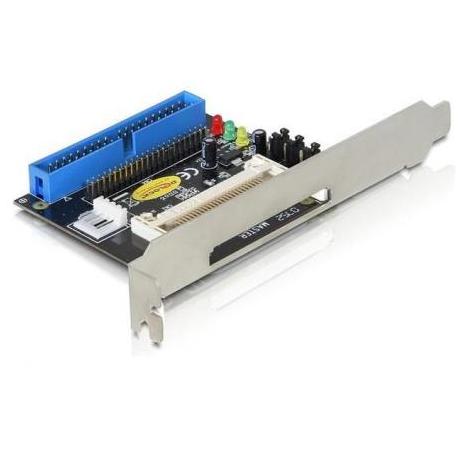These are the methods I use.....which depend on the task I'm doing and the generation of PC the vintage one is....
All OS installs are done using reproduced original media of some kind, usually floppies, sometimes CD if I can boot from it. My Pentium can boot from CD from the BIOS, my 486 can with late model Seagate drives with DDO because the DDO prompts for CD boot giving me that capability. My 286 is SCSIso I can boot off any device including CD-ROM, and the Tandy 1000 is strictly 360k DSDD....but with XT-IDE, so I usually preload DOS on it with the 486 then move the HDD carriage (I use mobile racks for my HDD on the Tandy and 486) back to the Tandy with mtcp installed.
For the majority of software on the Tandy, it's pushed from my Windows 10 devices over FTP with the mTCP suite FTPSRV to make the Tandy act as an FTP server. I find it more reliable than networking.
The 286 uses Microsoft LAN Manager 3.0 over TCP/IP with DHCP. I just enable SMB 1 in Win10 and map the drive using the usual method in explorer using account domain admin type tools on my main box to mitigate any security risks usind old SMB to keep it brief.
The 486 uses everything from Windows For Workgroups 3.11 to other ideas and uses native networking over regular TCP/IP over my p2p Workgroup LAN. I use Win10 to push files to the 486. As it requires encrypted passwords to 3rd party SMB users upstream for anything pre Windows 2000.
The Pentium runs Win98SE and has all the same caveats as the 486 but is faster due to having a 100mbps wired connection vs 10mbps my ISA/VLB 486 is limited to.
I use giant ATA-100/133 drives in all but the 286 (8GB+) - the 486 and 586 both use PIO4. The exception is the 286 which has a 3GB SCSI drive in it using an Adaptec host controller. On the 486 and up using Win95 or higher I rip optical media to one of the other partitions using an old copy of virtual CD before I install if I need a CD in the drive to run the game (Diablo, Beachhead, Sims, ETC). Other software is copied over network and left to copy overnight. We're talking gigabytes being pushed to machines from a time when everything was measured in Megabytes.
A new thing I'm testing, probably starting tomorrow, is SATA drives in the 486 using a SATA to PATA converter I nabbed at Fry's while in San Jose. I'm interested to see how SSD and SATA drives over 100GB respond to DDO. I've been using Maxblast for everything non-seagate and it seems to work on everything from a 540MB fujitsuI had in my 286 when it was IDE to the numerous 80GB I've used in my 486. I've never tried over 80GB......could be interesting. This means I can slap an OS on using anything assuming it works out.

